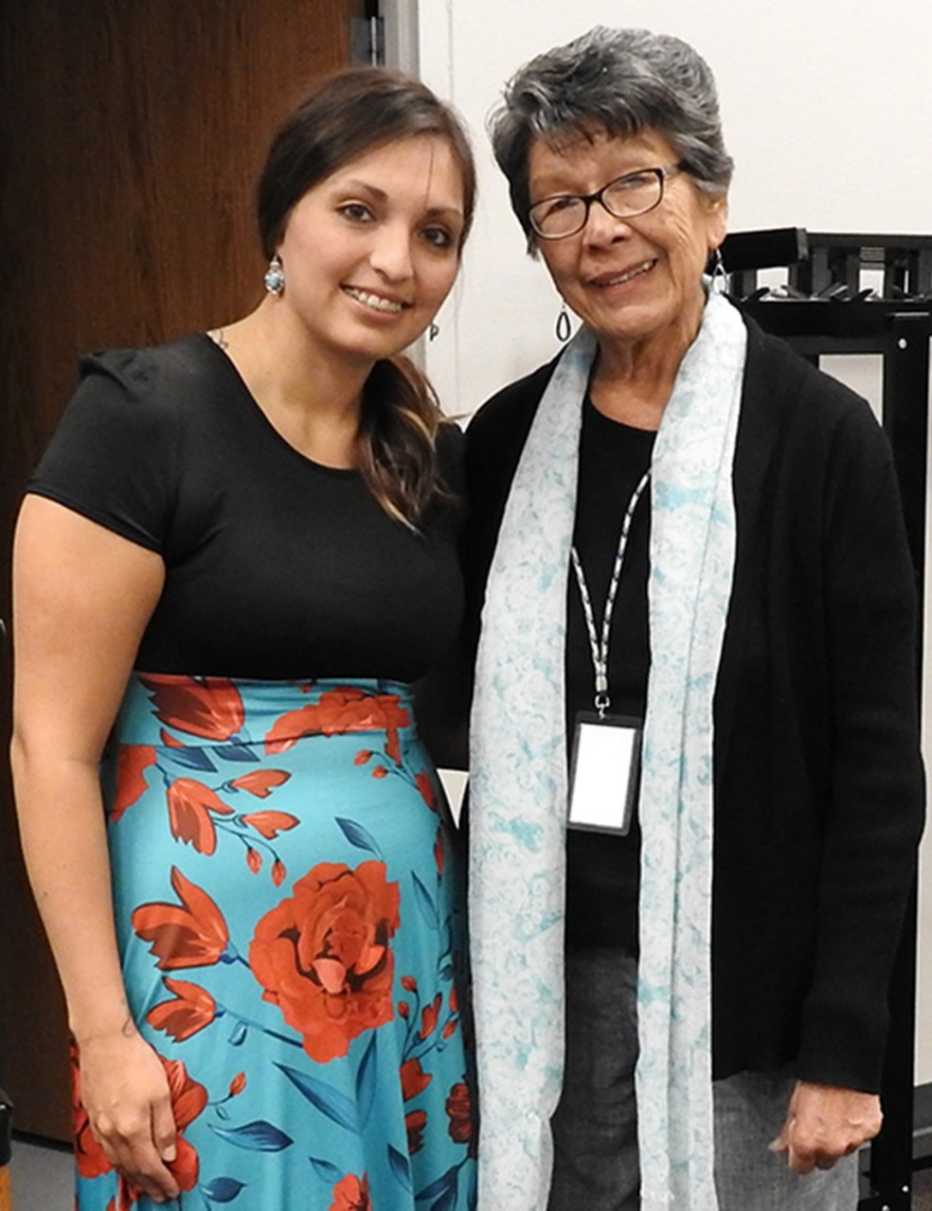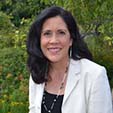Staying Fit


Jazmine Rae GoodIron (Lakota) always wanted to be a nurse, but then “life happened.” She had her first child at age 18 and later took a job as a receptionist at a hospital in South Dakota, putting her dreams on hold in order to support her growing family. But then mentors stepped in and changed the course of her career and future.
“My director said to me, ‘This isn’t what you wanted to do your whole life,’ ” GoodIron said. “He encouraged me to go back to school, and it turns out that I needed that push.”


AARP Membership— $12 for your first year when you sign up for Automatic Renewal
Get instant access to members-only products and hundreds of discounts, a free second membership, and a subscription to AARP the Magazine.
In response to the dropping numbers of American Indian-Alaska Native (AI-AN) medical and nursing students, mentorship and support programs are being developed in schools and organizations around the country. In addition to career advancement for individual tribal members, the hope is that increasing the number of AI-AN medical professionals will improve health conditions overall for Indian country, whose people suffer some of the worst health outcomes of any ethnic group in the United States.
GoodIron’s workplace offered to accommodate her nursing school schedule and provide tuition reimbursement. Once enrolled in the nursing program at South Dakota State University, she met Bev Warne (Oglala Lakota), an experienced nurse who runs the Student Nurse Mentoring Program for AI-AN students.


“I refer to it as my own personal cheerleading squad. They are there when you need them, to vent to and provide emergency financial assistance,” GoodIron said. ”All students have stress, but Native American families seem to struggle more than most people. Without their support I may not have been able to continue my studies.”
Addressing the shortage
In 2016, there were only 935 new AI-AN registered nurse graduates nationwide, down slightly from earlier years. The percentage of AI-AN students in medical school decreased from 0.39 percent in academic year 2006-07 to 0.20 percent in 2017-18, according to the report Reshaping the Journey from the Association of American Indian Physicians (AAIP) and the Association of American Medical Colleges.


All other racial groups saw dramatic increases in medical school enrollment [over this time period], but we maintained or lost,” said Tom Anderson (Cherokee), executive director of AAIP.
Frequently cited challenges for AI-AN medical students include lack of financial support — not just for medical school itself, but also for entrance exam preparation and applications — and a lack of Native American faculty and mentors at medical schools and in tribal communities to help serve as role models and guides, Anderson said.


































































More on Health
Caregiver: Telehealth Would Aid Rural, Native American Areas
A daughter talks about caring for her father from afar
Native Origins
Recognizing the contributions of Native origins community to the United States and celebrating their culture and heritage.